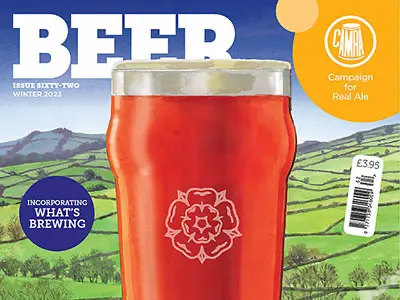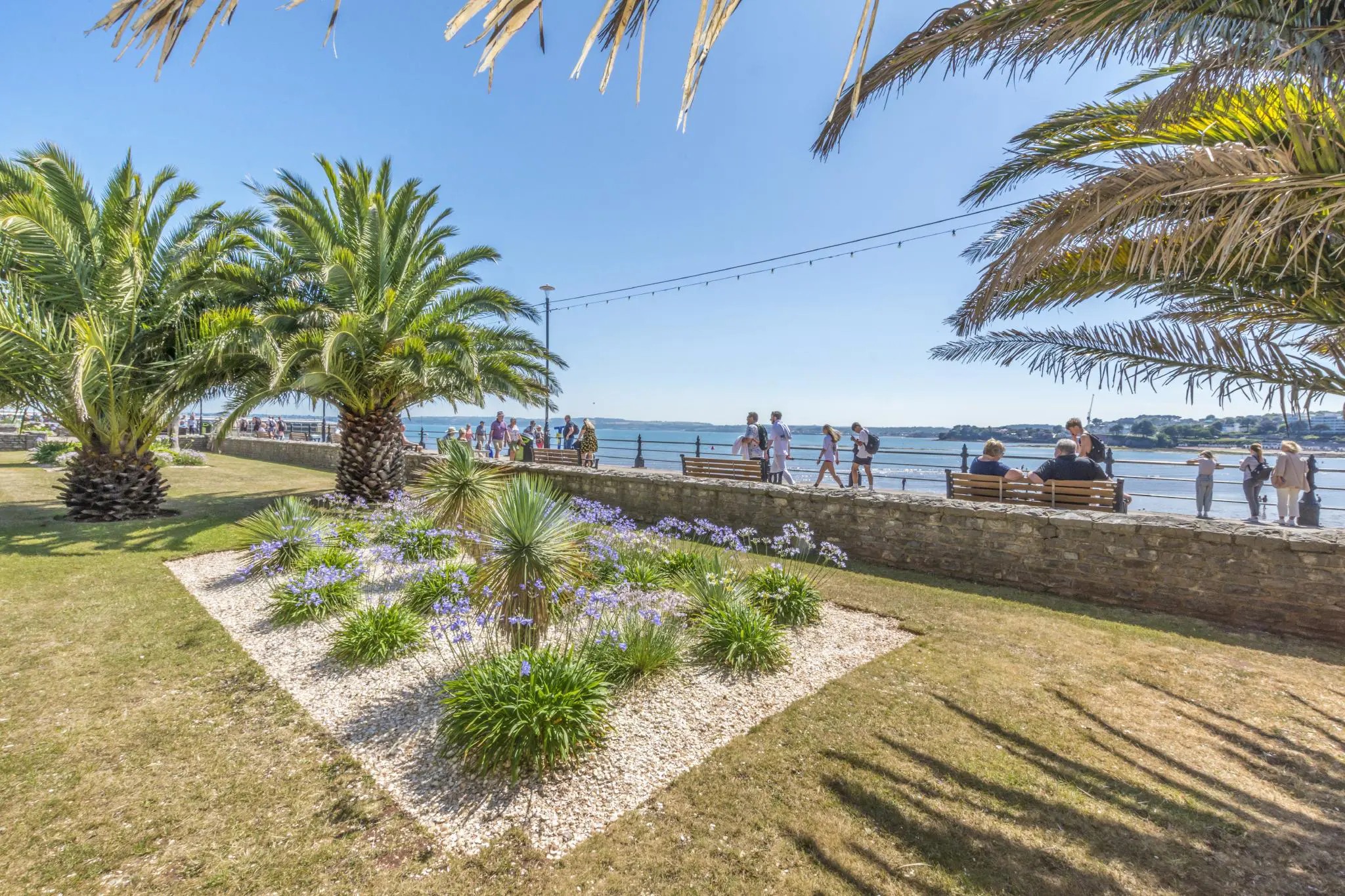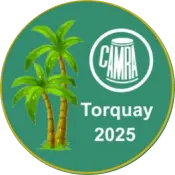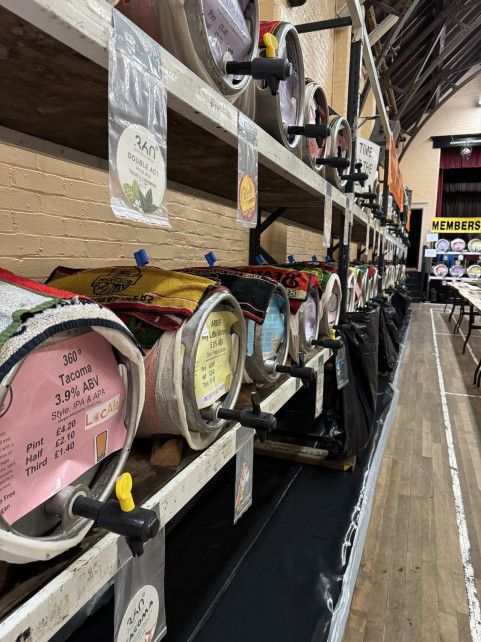World heritage Site. Grade-II listed 30/4/2010, List Entry No 139 3773, Legacy System No 507910.
1818/0/10014 MORWELLHAM QUAY 30-APR-10 Ship Inn and garden walls. GV II. Public house, originally a house or lodgings. First half of C16, extended in the C17 and C18 with further mid-C19 additions and alterations; considerably remodelled as an inn in the C19 and also in the C20.
MATERIALS: It is constructed of painted and part-rendered killas stone rubble, with granite dressings to the dining room building. The roofs are clad in local and Welsh slate roofs. Some slate hanging to gable ends of east and west elevations. There is a chimneystack to the west gable end of the front range, also an axial stack at its east end, and end gable stacks to the north end of both rear wings. The former dining-room has a pair of stacks, one rebuilt in red brick, in its south wall.
PLAN: It occupies a sloping site and is a multi-phase building with an accretional plan. Originally a C16 open-hall house aligned west-east, of which the eastern four or five bays have largely been demolished. Subsequently ceiled in. There is a C17 cross wing to rear, possibly incorporating a former stair, and second rear wing of C18 date. A catslide extension alongside the cross wing continues north to link with a mid-C19 single-storey block (former dining-room) with semi-basement that is built into the slope.
EXTERIOR: Asymmetrical principal (south) elevation has a projecting early C20 entrance porch with half-glazed door to the left-hand half and irregular windows, including two bay windows to the ground floor, multi-pane sash windows and some late C20 replacements. There is a further blocked opening towards the right-hand end of the building. Beyond, the ruined walls of the demolished eastern end of the front range survive as boundary walls and provide evidence for the original extent of the building. The east return has a doorway at first floor, accessed by timber staircase and mostly late C20 windows and a plank and batten door to the single-storey lean-to which runs northwards to the rear of the front range. The north (rear) elevation lacks window openings except for a single casement at first-floor and there is a projecting, stepped stone chimneystack and two smaller stacks. The west return has two sash windows and an entrance door to the ground floor and three windows above; one a horizontal sliding sash. The former DINING-ROOM to the north is separated from the main body of the building by a small courtyard. Its north (front) elevation has three, tall sash windows with glazing bars, set under granite lintels and a mid-C19 entrance door to the far left bay. There is a further sash window in the east wall and the west elevation has a blind window reveal at first-floor and a two-light window below, both with granite cills and lintels.
INTERIOR: Modified, largely the result of the late C20 refurbishment. There are three rooms to the ground floor of the FRONT RANGE, divided by stone rubble walls that only rise to first-floor level. The fireplaces in each have been largely reconstructed. The right-hand (east) room retains a cupboard with H-shaped hinges to the doors. An enclosed stair rises to a half landing and divides to give access to the first floor of the front range. It dates from the late C17 or early C18 and has turned balusters and newel posts. The upper floor is presently sub-divided into three main rooms plus a kitchen and a bathroom, with a narrow corridor to the north. The left-hand (west) room has a late-C16 or early-C17 moulded plaster cornice to the west and south walls and exposed chamfered roof trusses; the fireplace has a mid-C20 surround. The room at the east end of the range has a fireplace with slate surround and cast iron grate. The roof structure to the front range is virtually complete, dated to the first half of the C16, with smoke-stained timbers from end to end. It comprises eight arched collar-braced trusses. The trusses are faired into a curve with the collar and both the principals and the collar are chamfered. There are three rows of purlins, also chamfered. The common rafters appear to be very largely original, and there is evidence for two closed trusses.
Openings in the north wall of the front range lead through to the ground-floor of the former REAR WINGS; those at first floor are blocked. Partition walls have been removed here to create a large bar area. A winder staircase off this room leads to the first floor. Upstairs, the rooms retain some early C19 fittings such as joinery and a fireplace, the others are blocked. The roof carpentry over the western part which runs parallel to the front range has trusses that are C18 or C19 in character; those to the eastern part are set at right angles and consist of three A frame trusses with pegged collars. The purlins are trenched into the backs of the truss blades.
The former DINING-ROOM (not inspected internally) has had late C20 toilet facilities installed in part of its basement does retain some blocked fireplaces and tiled floors. The ground-floor room is a high-ceilinged room with two blocked fireplaces in the south wall. It has a king post roof with a single row of purlins.
HISTORY: Tavistock Abbey had established a port on the River Tamar at Morwellham by the C12. It is one of the earliest documented quays on the river and it soon became an important port that served the local area as well as the Abbey. Not only were goods such as food, wines and building materials imported through the port but by the C12 tin ore was exported, followed by lead and silver ores a century later. Following the Dissolution of the Monasteries, Morwellham was granted to Lord John Russell, later the Duke of Bedford. The completion of the Tavistock Canal in 1817 and the construction of an incline to Morwellham ensured that the port flourished as a mineral export centre for the Tamar Valley during the C19. There is a C13 documentary reference to a 'house of the quay' at Morwellham and the front range of the Ship Inn is considered to have been built as its replacement. In a 1765-69 survey of the village only one 'large dwelling house' is mentioned, probably referring to what is now the Ship Inn. This is located in the centre of the village, occupying a prominent position, and is a complex building of various periods. It originated as a late medieval open hall house which possibly provided lodging accommodation for itinerate workers at the port. The building originally extended some 9m further eastwards, and was truncated in the late 1920s; the ruined walls of its former eastern end survive as garden boundary walls. The open hall appears to have been ceiled over in stages during the C17, and the building was subsequently adapted into a lobby entry house probably in the early C18. During this period, it was also extended to the rear with the addition of two-storey wings. By the early C19, the building had been converted to a public house. In 1857 a rectangular building was added to the north to accommodate a dining-room and possibly kitchen facilities (converted to a museum and toilets respectively in the late C20) for the pub; the two connected by a single-storey lean-to range. It remained a public house until at least the 1930s; other parts of the building: the front range; the former dining-room; and the two rear wings appear to have been converted into three dwellings, the latter known as Higman's Cottage. Following a period when it was unoccupied, the Ship Inn was refurbished and reopened as a public house in 1972. The building has thus experienced some C20 alterations, including the replacement of some its windows and the restoration of historic features such as the opening up of some fireplaces.
SOURCES Patrick, A. Morwellham Quay, A History. A Tamar Valley Mining Quay 1140-1900 (1989) Gaskell-Brown, C. Morwellham: An Archaeological Survey (1977) Waterhouse, R. The Ship Inn, Morwellham, unpub. REASON FOR DECISION: The Ship Inn is designated at Grade II for the following principal reasons: * Architectural interest: Despite some late-C20 refurbishment, it incorporates an earlier C16 building with definite quality in its construction and in the detailing of its joinery * Plan: The growth and development of the building can be read in the surviving elements and contribute to our understanding of domestic vernacular architecture. * Interior: It retains a number of historic features from various stages of its development, the C16 chamfered arched collar roof and C18 staircase being of particular interest * Historic interest: As a significant building close to the waterfront that is associated with the maritime history of the port and which forms a strong group with other listed buildings.




























